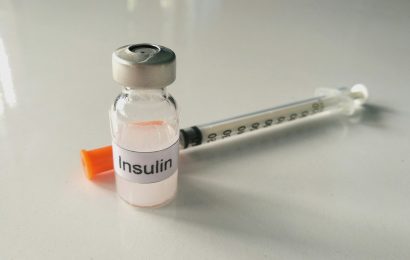Last week I was busy being blown away by the amazing technology of glucose test strips. But back to reality. Why do these things cost so much? Why do prices vary by 600% or more?
From what I can tell on Consumer Reports, customer reviews, articles like this one in Diabetes Forecast, and comments on diabetes blogs, it seems like most meters and strips have pretty similar quality. So how do you choose?
Meters have a variety of features. Some have backlights, which is nice in the dark. Some speak to you, which helps people with poor vision. Some can store more results in memory. Some hook to your computer or smart phone with a cable to upload results; others connect with wireless; others don’t have that function. Some create graphs for you of various types.
Meters are temperature sensitive. Some can function at higher temperatures; others can work at lower temperatures. Some burn through batteries faster than others. Some seem to need a little more blood than others to get a reading.
Diabetes Forecast says meters are so similar that some people just buy the cheapest one, and it works for them. But most meters are cheap. The cost comes in the strips. So the best meter might be the one with the most affordable strips.
When it comes to strip cost, the mega-retailers like Walmart, Walgreens, and Kroger have an advantage. And the quality seems comparable. One user commented that
Strips for [Walmart Prime] run $9.00 per fifty, a $60 cost reduction from my Accu-Chek strips which are $69 at Costco. On a typical reading of 180 the meters will be maybe two points different. Pretty darn close.
But that cost advantage only holds if you don’t have insurance. A lot of insurers will pay for Accu-Chek, OneTouch, or some more expensive strips, but won’t pay for a Walmart Prime or Walgreens Truetest. You’ll have to ask what your insurer pays for before you buy.
Even with an accepted brand, some insurers have started limiting the strips they’ll pay for. You might need to get your doctor to increase the number of strips he prescribes if you want insurance to pay for the strips. How often you should monitor is a complicated individual question, as you can tell by reading the comments I got on this piece.
Without insurance, you might need to go with the cheaper brands. But be aware that when it comes to strips other than their house brand, even Walmart charges more for strips than some online dealers. According to their Web sites, affordablediabetes.com charges $33 for 50 OneTouch Ultra strips, while Walmart charges $28 for only 25 strips.
Remember that no strip or meter is foolproof. Our reader John C says “You could actually line up four meters at a time and take a reading [from the same stick] and get four different readings.”
So I would say find a meter and strips you can trust. Stick with them, but have another brand of meter available to check if numbers “don’t seem right.”




